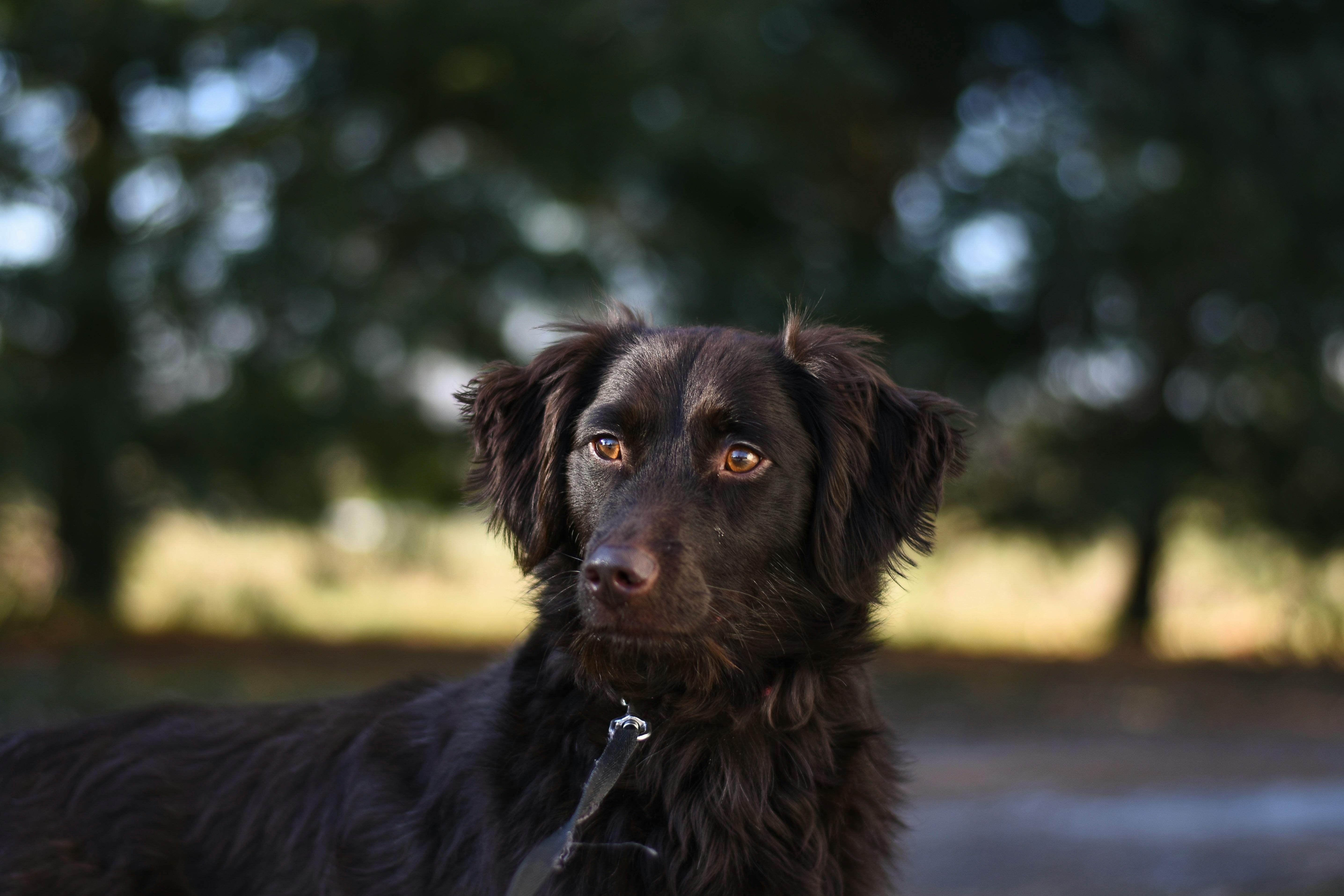Handling a new leopard gecko can be a troublesome task, especially for people who don’t have a lot of previous reptile handling experience, or if you’re someone whose experience is universally with the larger ones. However, it is not that complicated.
When handling any animal, you’ll want to take it easy, and that applies to geckos as well as anyone else. When you first get the gecko, hold him for only short periods of time, or not at all, depending on how calm or nervous he is. An animal that is extremely nervous should probably be left alone for the first moment to get used to things.
Your lizard should be able to adjust to its new environment before having to deal with additional stress. Remember, it is difficult for such a small animal to realize that you are not a predator, given the difference in size between you. Take it easy to help you earn your gecko’s trust.
When you think that the gecko is used to its environment, you can proceed to touch it. However, don’t just grab your gecko. After all, leopard geckos are prey animals for many other species, and a shadow from above tells them they are in danger!
Instead, slowly place your hand inside the cage, like a piece of the landscape, and allow your pet to get used to it and climb into it. The gecko should be willing to cross your hand inside the cage. Once he gets a little more used to you, it will be easier to gently close your hand and hold it.
Remember never to move too fast or handle your animal roughly. You could be stressed and hurt. Avoid touching the head or tail as they can make your leopard gecko freak out and bolt. Touching only the body will allow you to prevent your pet from feeling threatened.
Threatened leopard geckos will drop their tails, causing injury and the site of possible infection. Avoid this by never holding your gecko by the tail and only handling it as gently as possible. Snuggle your lizard into your hand instead of grabbing it, and when you pick it up, cradle the body, exerting as little pressure as you can.
Leopard geckos are tough and durable animals, but they are still very small and could be damaged by too much pressure, especially when they are babies. The more accustomed your gecko is, the easier it will be to handle without fear of escaping.
New or young geckos will be quite nervous and scared at first, but will calm down as they get used to your presence. Handle your animal regularly to avoid losing the habit of your presence. Daily handling isn’t too much, if you want to make sure your lizard stays friendly and outgoing with humans.
Reptiles can “forget” their meekness and require socialization again if they are allowed too long without contact with humans. Gentleness is always paramount, don’t forget it just because your gecko is getting old. It is still much smaller than you and quite easy to damage.
